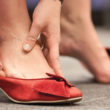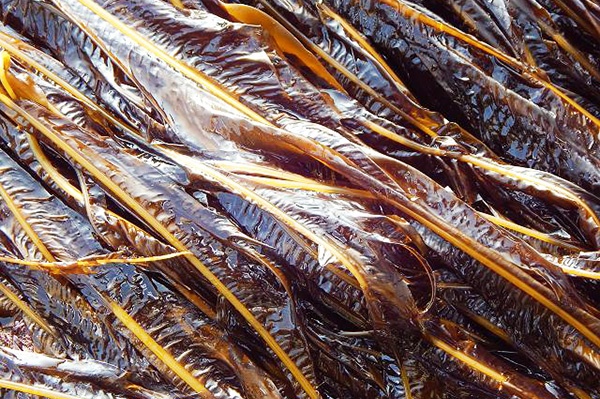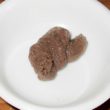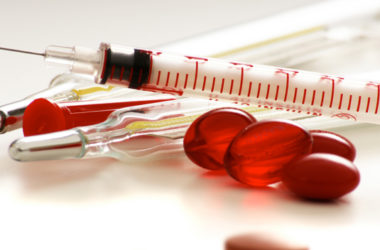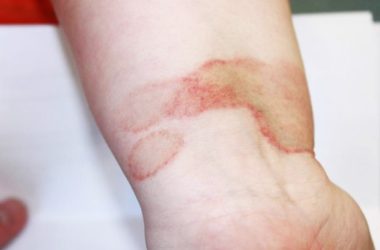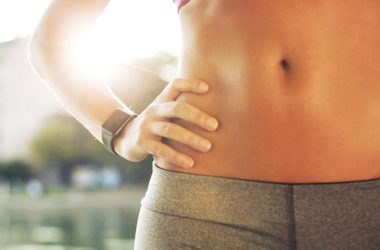Badderlocks — it may have a strange name but the nutritional benefits it offers is no stranger to health-conscious people. If you haven’t heard about this sea vegetable before, continue reading. Below you will learn more about it, in particular the numerous impressive health perks that its consumption is known to bring.
It’s so easy to harvest badderlocks as it can be easily found growing on rocky areas right next to the ocean. It has long, reddish brown blades with a wing-like structure near the base, and that is why some people refer to it as winged kelp. By the way, it is also sometimes known as dabberlocks.
There are plenty of badderlocks in Great Britain, Ireland, Scotland, Iceland and Greenland where it is regularly harvested and cooked in a variety of ways, often added to other vegetable ingredients. However, some people prefer to eat badderlocks raw, and this helps ensure that all those vitamins and minerals remain intact.
And speaking of nutrients, badderlocks is loaded with those, just like so many other sea vegetables on the planet. It has iron, potassium, calcium, vitamins A and K, and of course iodine which can be found abundantly in a lot of foods obtained from the ocean. Badderlocks are also good sources of fiber and antioxidants.
So without any more ado, let’s take a look at the reasons why you should eat badderlocks regularly:
They Strengthen Your Bones and Teeth
One of the many nutrients present in every serving of badderlocks is calcium. As we all know, this mineral is important for keeping the bones strong. And when your bones are strong, your risk of suffering from osteoporosis is considerably reduced. But it’s not just your bones that calcium in badderlocks that strengthens, but also your teeth.
By the way, there is a reason why badderlocks is extremely very good at toughening up your bones and teeth: it has vitamin K that helps ensure that calcium stays where it is needed the most.
They Lower Your Heart Disease Risk
Your body is supplied by badderlocks with potassium, and this is exactly why it’s good for your heart. According to doctors, potassium has the amazing ability to widen the blood vessels, resulting in the lowering of the blood pressure. You don’t want to have high blood pressure because it is something that can eventually damage your arteries and so many other organs. Needless to say, it can also put you at higher risk of heart disease.
There is also fiber in badderlocks that helps flush excess cholesterol from the body. Having high cholesterol is an utter no-no because it can clog up the arteries, and this can easily lead to heart disease.
It Wards Off Constipation and Hemorrhoids
Speaking of fiber, there’s plenty of it in every serving of badderlocks. It’s exactly for this reason why including this sea vegetable in your diet on a regular basis can help make you regular — it can keep constipation from striking.
The inclusion of badderlocks in your diet as well as other fiber-rich foods is known to help lower your risk of piles or hemorrhoids, which can develop if you constantly strain on the toilet. According to doctors, a diet that’s rich in fiber may actually lower your chance of having to battle colon cancer one day.
It Keeps the Thyroid Functioning Normally
And finally, the consumption of badderlocks helps ensure that your thyroid gland gets all the iodine it needs in order for it to function optimally. You see, your thyroid gland produces and secretes hormones that help regulate all sorts of bodily processes, from your metabolism to the functioning of your heart and brain.
By the way, nutrition experts say that iodine found in badderlocks and other foods obtained from the sea also helps in the formation of blood cells and keeping the reproductive system in a healthy state.
Don’t forget to share this article on your different social media accounts to let your family and friends get acquainted to badderlocks, a super nutritious sea vegetable from Europe.




